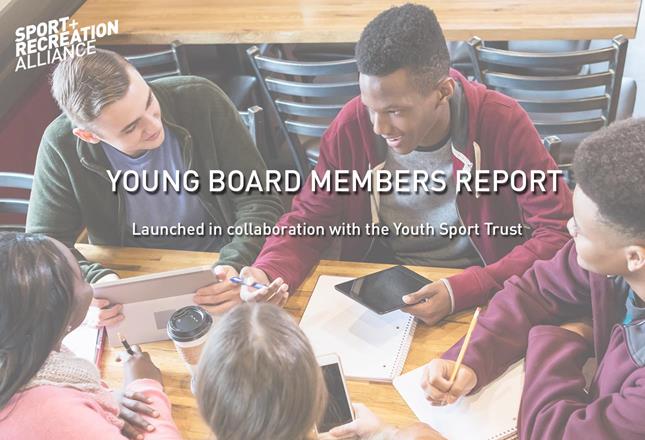
We launched Young Board Members in collaboration with the Youth Sport Trust in June. The report was a call to action, trying to raise awareness around young stakeholder engagement in the sector.
My previous blog explained the foundations of the report and the purpose of youth boards; now I’d like to talk through the process of creating one.
Encouraging ‘Buy In’
Before establishing your youth board, it’s important to inform the wider organisation of your plans. Sending an initial proposal to the senior board can help to do this and create recognition.
The proposal should state the purpose of the youth board and its strategic alignment to the wider organisation’s objectives. Include a timeline of key dates, recruitment plans, project plans, and a plan for sustaining the youth board long-term.
The proposal should also include a budget forecast of any costs you expect to incur e.g. meeting room hire or travel expenses.
You should notify colleagues in other teams about the youth board you’re establishing, explaining its purpose and promoting opportunities for them to collaborate or engage with the board.
Composition
Principle four of the Principles of Good Governance covers board structure and a board which is balanced, inclusive and skilled. The recommendations also apply to the composition of your youth board. For example:
The Volunteer Pathway
Planning for a young member’s time on the board is important, but also consider how their contribution can be extended once their terms ends.
Volunteer pathways can contribute to shared learning and skills transfers between roles and should be considered in your initial planning phase.
The volunteer pathway can differ between organisations; some can lead young members back into the organisation; e.g. through mentoring or apprenticeship schemes; while others may guide them out to your wider community.
Collaboration is crucial, not only between organisations and their stakeholders but also with external contacts. Setting up a youth board can be straightforward and sustaining it as a functioning model can be simplified through shared learning.
If you have a youth board, or you’re looking to establish one, networking with others can help you fulfil your objectives. Networking offers new insights which can align to your practices and is a good opportunity for promoting your youth board.
Now we’ve launched the report, we’re asking for organisations to collaborate by sharing their impact and experiences of working with youth boards.
If you manage a youth board and would be interested in sharing your experiences, please contact me at hfoster@sportandrecreation.org.uk.
This afternoon, the Chancellor delivered her Budget speech to Parliament, outlining decisions on tax and spending.
Read moreAhead of the Chancellor’s Budget statement on 26 November, we take a look a look at the key areas to be aware of and the work the Alliance has been doing lobbying on behalf of members.
Read moreGovernment has today formally launched a consultation on reforming the role of statutory consultees in the planning system. The consultation runs for eight weeks, closing on 13 January 2026.
Read moreJoining the Sport and Recreation Alliance is pretty simple, but worthwhile!
Register now